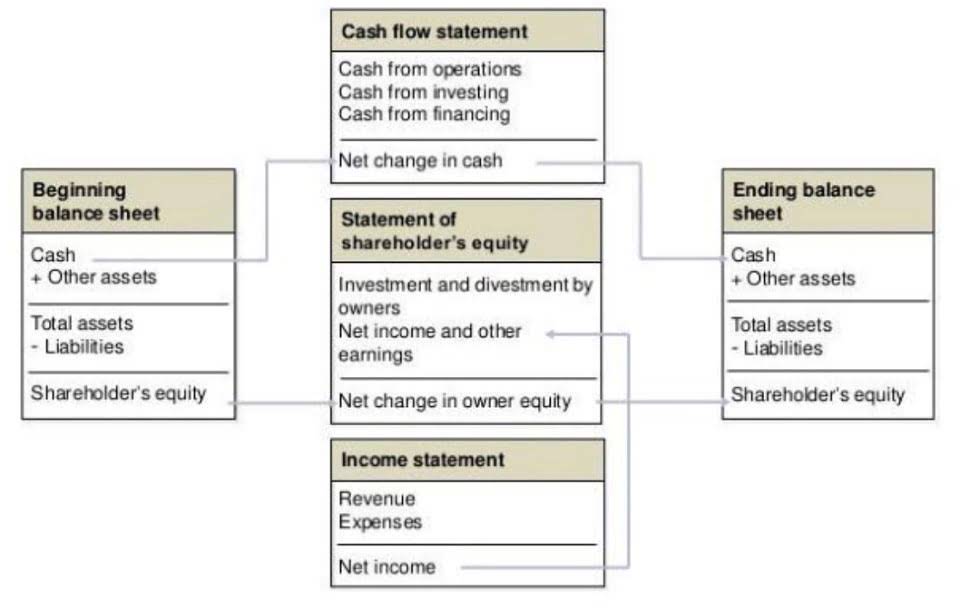
Financial analysts commonly incorporate net working capital into valuation models to measure business performance. For instance, net working capital is an integral component of the Free Cash nwc cash flow Flow to Firm (FCFF) and Free Cash Flow to Equity (FCFE) models, enabling a more thorough analysis of a company’s financial health. Remember, while these ratios can provide useful insights about a firm’s financial health, they should not be evaluated in isolation. They should be considered alongside other performance measures and industry context. Ultimately, the interpretation of these working capital ratios will depend on the specific circumstances and financial practices of the firm in question. Adding up these values will give you the total amount of current assets for the company.
- Companies that turn over inventory fast and immediately receive payment from customers, such as most retailers and B2C companies, can operate with minimal working capital.
- The Current assets include cash & cash equivalents, prepaid expenses, account receivables, inventory, and other short-term assets.
- Centralized system to streamline payments, ensuring smoother working capital operations.
- Companies with significant working capital considerations must carefully and actively manage working capital to avoid inefficiencies and possible liquidity problems.
- An increase in working capital, while seemingly positive, can paradoxically reduce a company’s free cash flow.
Change in Net Working Capital Formula

For example, the working capital accounts can be calculated at the end of each month over the past six and compared with either revenue or costs of goods sold each month, and then a percentage established. Another example includes a business that has made significant changes to its practices or activities in the prior 12 months that might affect the working capital accounts. As you can see, working capital is 250% higher ($2.5 million vs. $1 million) in the busy season than the off-season.
How can a company improve its Net Working Capital?
The three sections of a cash flow statement under the indirect method are as follows. The payroll current assets section is listed in order of liquidity, whereby the most liquid assets are recorded at the top of the section. A positive result indicates an increase, while a negative result shows a decrease. This reduces dependence on external financing, minimising debt and interest costs. By enabling self-funded expansion, adequate NWC strengthens your business’s financial independence and fosters sustainable growth. We’re willing to bet that as a small business owner, you spend a significant proportion of your time thinking about cash flow and finances.
- In conclusion, net working capital has profound impacts on business operations.
- By intentionally neglecting the capital structure of the company – i.e. the company’s total debt load – more practical comparisons of industry peers of different sizes and capitalizations are feasible.
- On the other hand, the change in net working capital measures the change in a company’s working capital over a period.
- Therefore, monitoring changes in working capital and their effect on free cash flow provides crucial insights into a company’s financial health and liquidity.
- Whether the asset or liabilities side has the increment is going to determine whether you include or exclude the change in working capital.
- Depreciation and amortization (D&A) each represent non-cash add backs on the cash flow statement, i.e. no real cash outflow occurred.
- Conversely, if it is negative, the company may encounter troubles in paying off its immediate obligations, which could potentially lead to financial distress or bankruptcy.
Unlevered Free Cash Flow Calculation Example
Capex and increases in NWC each represent outflows of cash, which means less free cash flow remains post-operations for payments related to servicing interest, debt amortization, etc. When calculating free cash flow, you adjust for changes to net working capital that arise from changes to accounts receivable, accounts payable, or inventory. However, the net amount is calculated by deducting the current liabilities form the assets, which gives a clear idea about the funds available.

Financial Reporting

This is a totally different story where the change in working capital has turned negative in the last couple of years. If the final value for Change in Working Capital is negative, that means that the change in the current operating assets has increased higher than the current operating liabilities. Companies strive to reduce their working capital cycle by collecting receivables quicker or sometimes stretching accounts payable. https://www.bookstime.com/ The company’s cash flow will increase not because of Working Capital, but because the company earns profits on the sale of these products. Effectively managing both inventory and accounts receivable can lead to positive net working capital, thus promoting sustainability within the financial structure of the company.



Leave A Comment